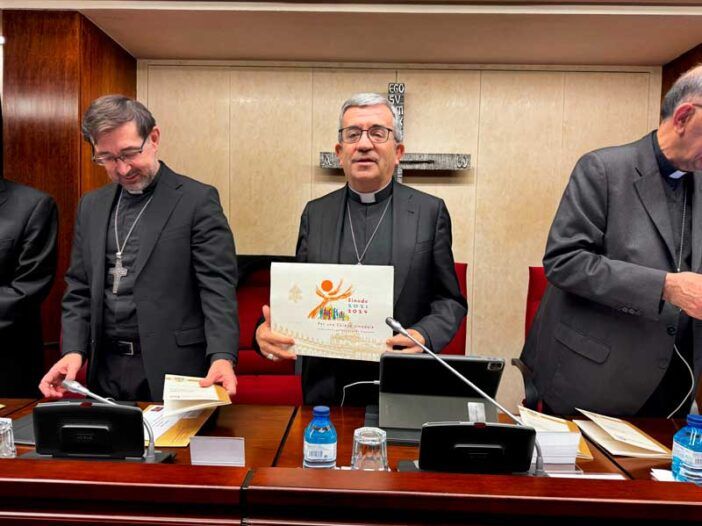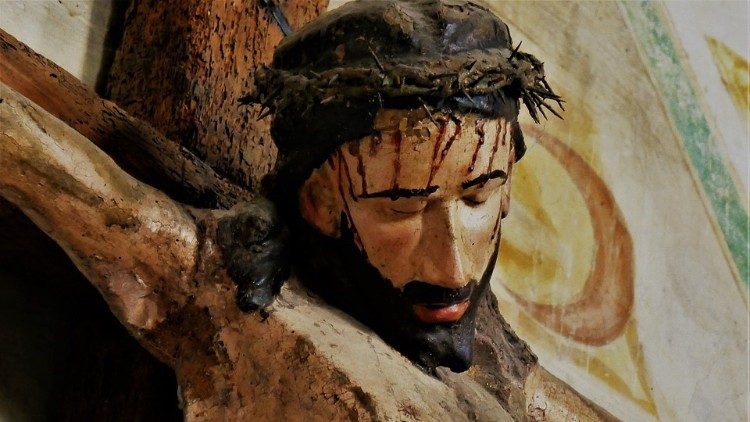Presentation of the Blessed Virgin Mary: Origin and meaning
We find its origin in the Protoevangelium of Santiago

D. Alejandro Vázquez-Dodero shares with the readers of Exaudi an article on the Presentation of the Blessed Virgin Mary today, November 21, analyzing the origin and meaning of the feast.
Every November 21, the Church celebrates the ancient and pious feast of the Presentation of Mary in the temple.
We find its origin in the Protoevangelium of Santiago—an apocryphal writing from the 2nd century—which tells how the Virgin, as a child, was taken by her parents—Saint Joachim and Saint Anne—to the temple of Jerusalem. They left her there for a while to be instructed in religion and in everything related to that God whom their daughter already knew and loved.
It is worth remembering the meaning of “apocryphal”: that it does not belong to the canon of books inspired by God, without excluding that some of these apocryphal stories deserve credibility. In the middle of the 6th century, the church of Saint Mary the New was consecrated in Jerusalem, giving rise to this celebration’s genesis. Years later, in the Middle Ages, this celebration was instituted in the Western Church.
Significance of this commemoration
Our Lady’s life among us passed humbly and without attracting attention, as attested by the holy Gospels, by abstaining from recounting any episode of her childhood and youth until the time of the Annunciation.
Perhaps for this reason, tradition – or popular piety – would venture to describe certain events of her life as a child, inspired by various passages of the Old and New Testament. This would be conveniently collected by Christian spirituality and art in its most extensive meaning. Among other episodes of that childhood, we have the one referring to the Presentation of the Virgin or offering of Mary by her parents in the temple of Jerusalem. This event, by the way, is reminiscent of the presentation that Mary and Joseph would later make of the Child Jesus to God the Father (cf. Luke 2:22-38).
The essence of this celebration is found in the fact that the Virgin, in her perfection and virtue, was “made for God”, hence her parents offered her to them in the temple. In her process of maturation until she was ready or prepared to accept the divine welcome of being the Mother of God, the episode that concerns us would be a very significant event in her life.
We can imagine her praying, as so many works of art have depicted her, because, in addition to being a profound connoisseur of the Holy Scriptures, she was above all deeply in love with God. We also imagine her conversing and treating with great naturalness and affection those who were around her those days in the temple, and taking care of the details, the small things, in coexistence and also in the use of material goods. How good those who accompanied the Virgin would feel, attracted by such great beauty, by so much virtue!
Enviar comentarios
Paneles laterales
Historial
Guardado
Related

Bishop Luis Argüello Addresses the Challenges of the Church in Spain
Exaudi Staff
01 April, 2025
2 min

THE WAY OF THE CROSS: Accompanying Jesus on the way to the Cross
Luis Herrera Campo
31 March, 2025
5 min

Mother Carmen Rendiles, the first Venezuelan saint proclaimed by the Universal Catholic Church
Exaudi Staff
31 March, 2025
3 min

The International Academy of Catholic Leaders: Renewal and Commitment to its Mission
Exaudi Staff
30 March, 2025
4 min
 (EN)
(EN)
 (ES)
(ES)
 (IT)
(IT)

